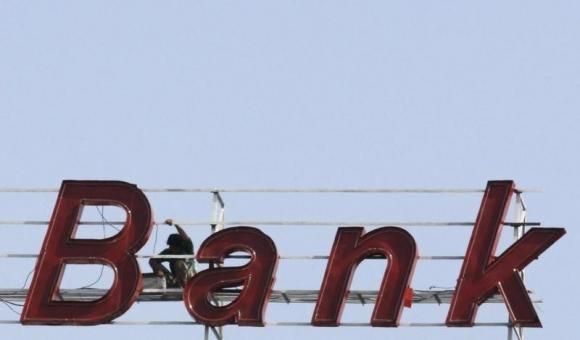 In terms of banks' loan growth, the past year has possibly been the worst in about a decade. Data show as of December 12, credit grew 10.8 per cent year-on-year, compared with 14.9 per cent during the corresponding period last year.
In terms of banks' loan growth, the past year has possibly been the worst in about a decade. Data show as of December 12, credit grew 10.8 per cent year-on-year, compared with 14.9 per cent during the corresponding period last year.
Bloomberg data show the last time credit growth was lower was in 1997 (9.94 per cent).
A host of factors contributed to this dismal show.
A slowdown in the economy and high interest rates dampened loan demand. Bankers say the project pipeline ran dry, as no new projects were envisaged. Banks account for 24 per cent of infrastructure spending, the largest source of funding for infrastructure development, excluding budgetary support (45 per cent).
"In the first quarter, we have seen uncertainty over election results and that led to growth slowing.
Overall, GDP growth has been slow, leading to lower growth in the system. We are yet to see any significant investment by companies on capital expenditure.
Therefore, demand creation and capacity creation have been slow. This has been a tough year, as far as credit growth is concerned," said Sumit Bali, executive vice-president (personal assets), Kotak Mahindra Bank.
The situation is worse for public sector banks, which account for 70 per cent of the loan market.
Data for the first half of this financial year show nine of the 21 public sector banks (excluding the associate banks of State Bank of India and the newly-formed Bhartiya Mahila Bank) recorded single-digit loan growth year-on-year.
Average loan growth for public sector banks in the first half of this financial year was 9.95 per cent.
On the other hand, most private lenders reported double-digit growth in advances. ICICI Bank reported a 25 per cent increase in retail advances on an annual basis, as of September-end. HDFC Bank recorded 21.8 per cent growth in overall advances.
While retail was the major contributor to growth for private lenders, growth in the corporate segment, too, was better than reported by most public sector banks.
 High interest rates were cited as a reason for the lack of demand from the corporate sector for project investment. According to a Bank of America Merrill Lynch (BofaML) report, real lending rates stand at 12.5 per cent, a historic high compared with its average of 8.8 per cent since 1997.
High interest rates were cited as a reason for the lack of demand from the corporate sector for project investment. According to a Bank of America Merrill Lynch (BofaML) report, real lending rates stand at 12.5 per cent, a historic high compared with its average of 8.8 per cent since 1997.
"In our view, high rates are proving a disincentive to produce and invest," the BofaML report said, adding lower lending rates were vital for a recovery."
After raising the repo rate or the key policy rate thrice, by a total of 75 basis points, between September 2013 and January this year, the Reserve Bank of India (RBI) has maintained status quo on these.
Though the central bank is widely expected to start reducing the rate next year, the timing of such a move is anybody's guess.
The sharp rise in non-performing assets has made bankers cautious, owing to which they are going slow on credit disbursement.
"This year, the slowdown on the credit side was mainly due to the lacklustre growth on the wholesale and corporate fronts. The demand has only been for working capital, not new projects, and this has pulled down demand within the banking system.'
'More, banks have also been slightly cautious on the lending front due to a rise in non-performing assets last financial year," said Pralay Mondal, senior group president (retail & business banking), YES Bank.
While project investment dried up primarily due to the uncertain investment climate, high interest rates have forced companies to avail of short-term funds from alternative sources such as commercial papers and external commercial borrowings (ECBs).
Latest data from RBI show in November, companies raised $3,484 million through ECBs, 36 per cent more than in the previous month and 60 per cent more year-on-year.
The commercial paper market has also seen a revival. This financial year, corporate bond issuances have also increased.
In April-November, such issuances stood at Rs 2,21,347 crore, Rs 2,76,054.18 crore in FY14.











